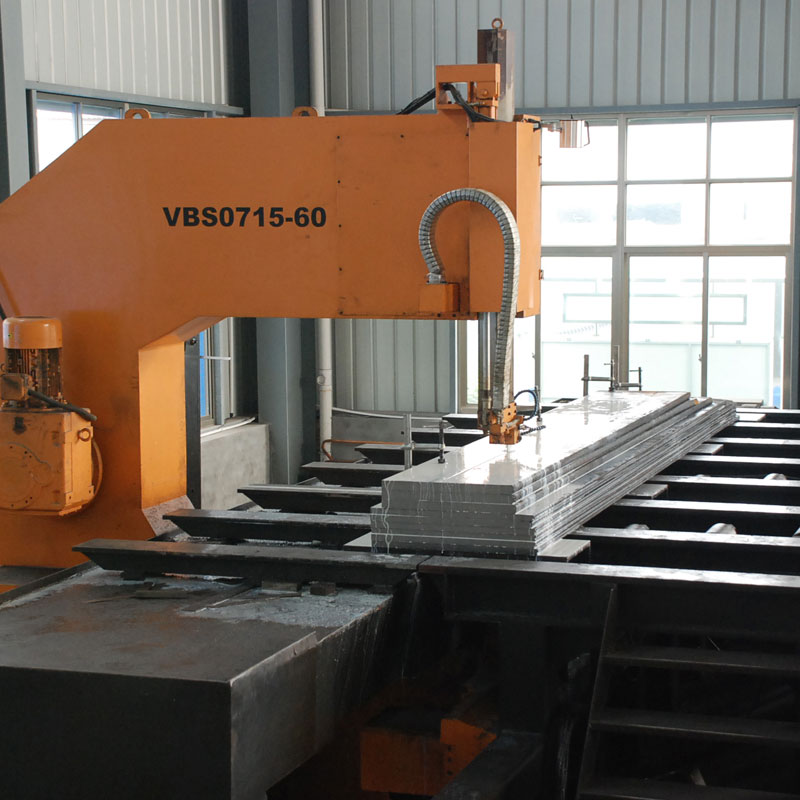
As the "skeleton" of industrial manufacturing, the rational selection of mold materials directly determines mold lifespan, product precision, and production costs. Currently, mainstream mold materials have formed a mature classification system based on application scenarios, providing precise solutions for different processing needs.

Plastic mold steel accounts for 45% of market usage, with representatives such as 718H and S136. With a hardness of 30-35HRC and excellent polishing performance, 718H has become the first choice for molds of home appliance shells and automotive interior parts. After adopting this material, one enterprise increased the mold lifespan to 500,000 cycles. S136, on the other hand, excels in molding corrosive plastics such as PVC and PC due to its corrosion resistance; after mirror finishing, it can achieve a surface precision of Ra0.02μm.
Cold work die steel is used for cold processing, like stamping and shearing. Cr12MoV and DC53 are common types.Cr12MoV has a hardness of 58-62HRC. It works well for mass stamping of steel plates (thickness ≤3mm), but it isn’t very tough.DC53 is better. By optimizing its components, its toughness has doubled. In precision terminal molds, it can handle 1,000,000 blanking operations without chipping at the edges. Compared to traditional materials, this cuts down mold replacement downtime by 30%.
Hot work die steel targets high-temperature environments such as die casting and forging, with H13 and SKD61 widely used. H13 maintains a hardness of 38-42HRC even at 800℃, making it the core material for aluminum alloy die casting molds. After a new energy motor housing die casting line adopted it, the mold maintenance cycle was extended to 80,000 cycles. SKD61, with better thermal fatigue resistance, accounts for 60% of magnesium alloy die casting applications.
| Material Type | Core Performance | Typical Applications | Lifespan Reference |
| Plastic Mold Steel | 30-35HRC, high polishability | Home appliance shells, automotive interiors | 300, 000-1, 000, 000 cycles |
| Cold Work Die Steel | 58-62HRC, high wear resistance | Stamped parts, precision terminals | 500, 000-2, 000, 000 blanking cycles |
| Hot Work Die Steel | 38-42HRC, high heat fatigue resistance | Aluminum alloy die casting, forging molds | 50, 000-150, 000 cycles |